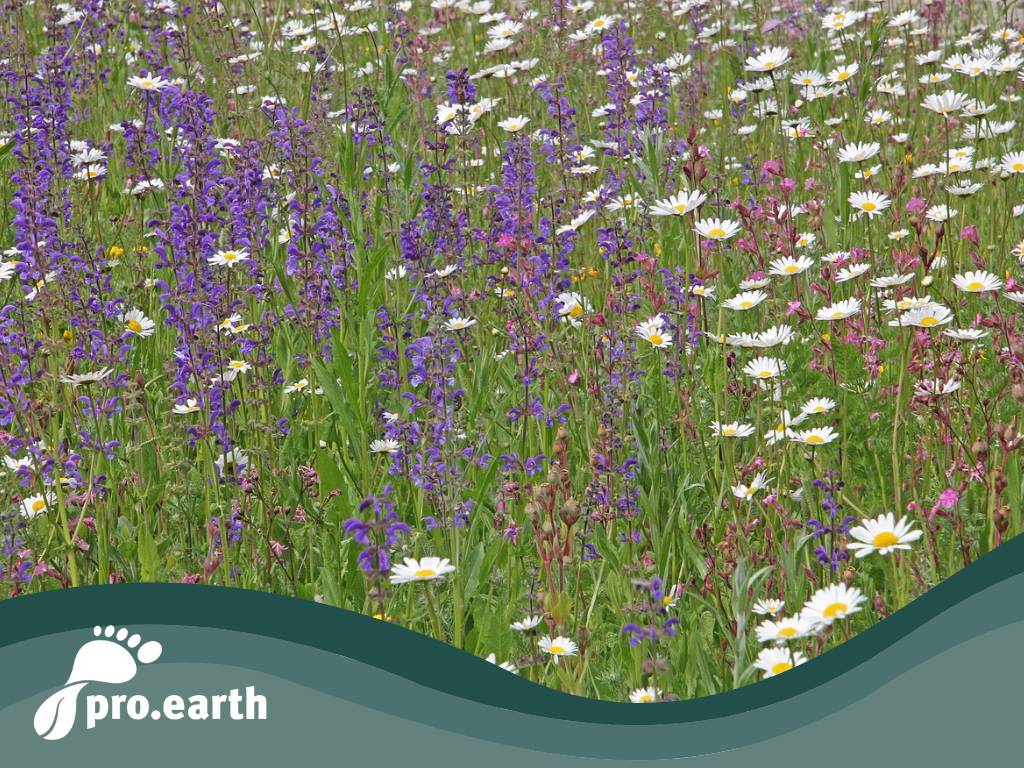Gardening in times of climate change - it's getting drier and stormier

For months, we #Beetschwestern have been observing with growing concern how little rainfall this winter and now spring has brought. Here in the east of Austria. But not just here. This affects large parts of Central Europe. And in our gardens, the soil is getting drier and drier. We now have to prepare our gardens for these increasingly frequent dry periods. And we need to do this without creating an extensive irrigation system and putting a heavy strain on our groundwater in this way. We must understand that we, who have been so spoiled by water, must now learn to deal with water shortages, storms and other weather extremes.
This means saying goodbye to certain habits and thought patterns. The English lawn, spoiled by many downpours, must be bid farewell, as must certain plants that need a lot of rainwater. Some of our evergreen hedge plants, such as mock cypresses, turned brown last fall after an extremely hot and dry summer. The thymes are also already suffering badly, as are the spruces, which unfortunately - as in many other Austrian gardens - were planted many decades ago.
Back to the drought and heat, which, coupled with stronger and more frequent winds than before, are forcing us to redesign our gardens and make them fit for the future.
But how?
- First of all, we need to stop watering regularly. This is very radical for many, but really important in times like these. Then we see which plants can actually tolerate the local climate and which - sad as it may be - die. We replace these with new plants that are better adapted to the new conditions. Plants that can cope with less water. We should rely on native specialists for dry soils instead of exotic plants. After all, native plants are important sources of food for insects and birds! It is easy to find suppliers of native plants on the internet and you can usually also search for drought-loving plants.
- The concept of permaculture contains many good approaches to gardening with nature and making good, often multiple, use of the available resources and shows exciting ideas and ways to garden in a climate-friendly way.
- We mulch all open ground with a layer of garden fibers, leaves, plant residues, miscanthus and other materials, but NOT with conventional bark mulch from the DIY store. Firstly, it is too acidic for most plants, secondly, it is of questionable origin and thirdly, it is often already rotten and moldy.
- A windbreak on the weather side of the garden or patio helps to keep the surface drying of the soil to a minimum. This can be a Benjes hedge, a beautiful wooden garden fence with greenery, a wild shrub hedge - there are no limits to the imagination.
Upcycling: How clippings can be turned into a windbreak and new habitat
- Instead of an English lawn, you can either let a low meadow grow or convert the lawn into a wildflower meadow or create beds with climate-tolerant plants.
- We collect the rainwater and use it for our potted plants. It is much healthier for plants than tap water.
- The greater the biodiversity, the better it is for our climate and the sustainability of our gardens.
- Those who grow vegetables rely on seed-resistant varieties, work a lot of oragnic material into the soil to bind water in the soil and mulch the beds sufficiently. If there is no rain, these must be watered at least initially in order to germinate, but here too, the vegetables must be able to thrive without the addition of artificial water. There are also perennial vegetables that do not need to be replanted every year - also a good alternative in times of water shortage!
As in all areas, a rethink is important in our gardens and on our terraces. We must learn to work WITH nature and not against it. Artificially created conditions can no longer be maintained, but must be rethought. Your #Beetschwestern






